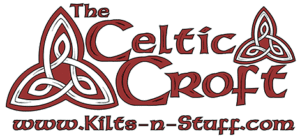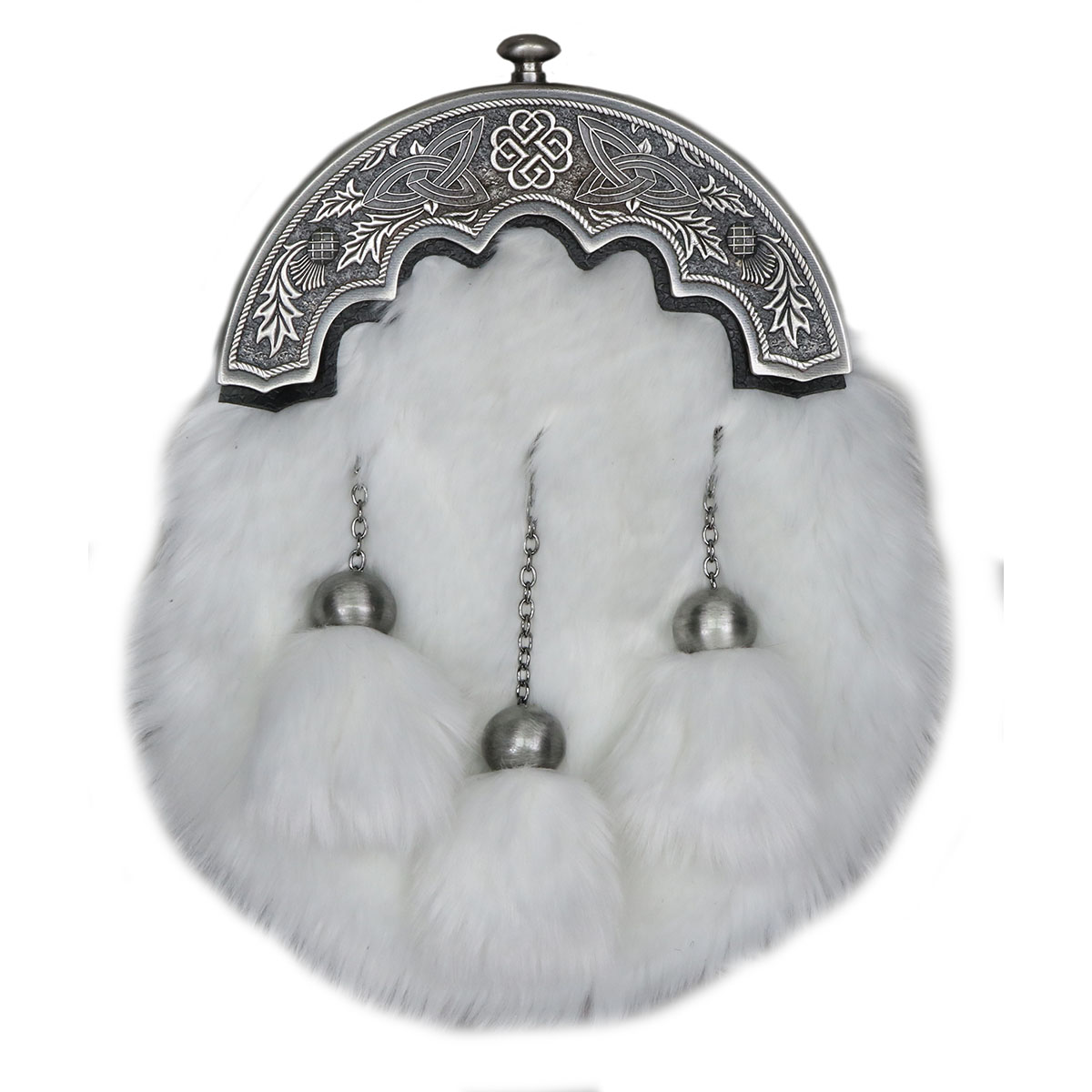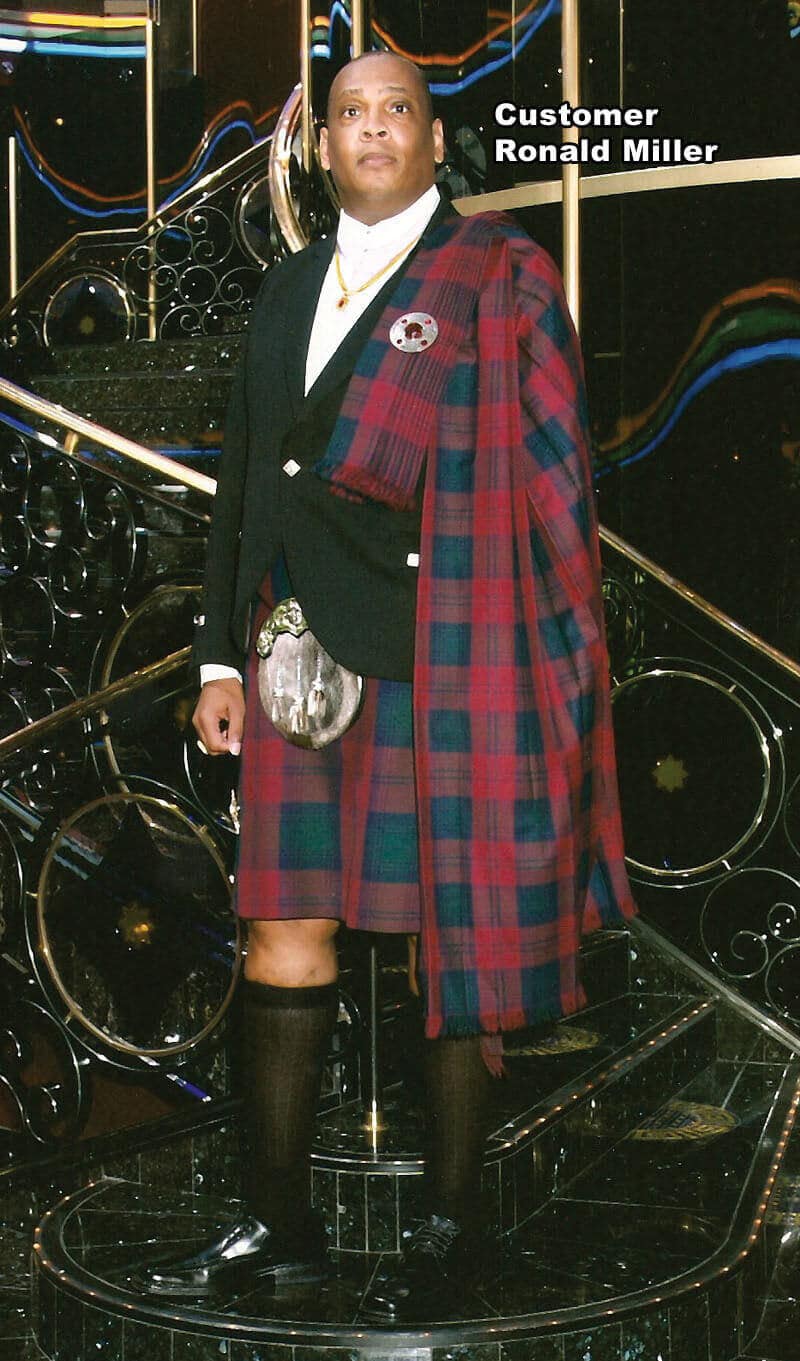Originally published June 2016
Ever wonder where man’s best friend comes from? When did these tame beasts become just that…tame?
An article recently published in Science magazine cited genetic evidence that the ancestors of modern dogs were domesticated twice since they appear related to two distinct wolf populations: one from East Asia and one from Western Eurasian.
One of the genome samples that were sequenced as part of the project came from an Irish dog dating from the Bronze Age.

In the Medieval Era in Ireland, law codes defined four different breeds of dogs: shepherding dogs, the “milchu” or hunting dog, lap dogs and the archu a watch, or guard dog which is sometimes translated as “slaughter dog.”
The word archu comes from “cu” and was applied to any fierce dog. And ar or air meaning “to watch.” Most noble houses of consequence kept an archu guard dog to help protect the grounds.
At times the archu, or slaughter dogs were also brought in to battle with their owners. Some of the Celtic tribes on the continent even used packs of war hounds to some effect against Roman forces.
A king of the Arverni tribe is said to have boasted when he saw the small size of an invading Roman army, saying “There are not enough of them for a meal for my dogs!”
These Irish dogs were also used for hunting down and punishing violators of the law. Aire Echta means “lord of blood (or vengeance)” and was a minor noble who would mete out discipline for crimes within a clan, or lead a war band against raids by outsiders.
There are stories of the Aire Echta hunting down criminals and then only releasing the dog(s) to run them down once they were within a relatively close range. In one of the stories of St. Patrick, he is forced to use the sign of the cross to protect himself from an attack dog.
The wolfhounds of Ireland were known even to other parts of Europe. As early as A.D. 391, a Roman named Flavianus presented a gift of seven Irish dogs to a Roman consul for use in the games. A surviving letter acknowledging the contribution says, “all Rome viewed them with wonder.”
By 1571 an English Jesuit describe the Irish Wolfhound as “bigger of bone and limb than a colt,” and they continued to be used as impressive gifts to nobles across Europe and as far away as India and Persia through the 18th century.
Of course, we are familiar with the size of the modern Irish Wolfhound. But it seems the original line has died out or been diluted. An Englishman is credited with having revived the version of the dog by breeding the last of the authentic Irish Wolfhounds with Scottish Deerhounds and Great Danes. Since the ancient and medieval breed was also bred as war hounds, it’s conceivable that some were stockier or heavier than the breed we know today.
Whether or not we will ever see an authentic Irish Wolfhound of ages past, we can all agree that the thought of facing one on a battlefield or in an attempted escape is a terrifying thought.





